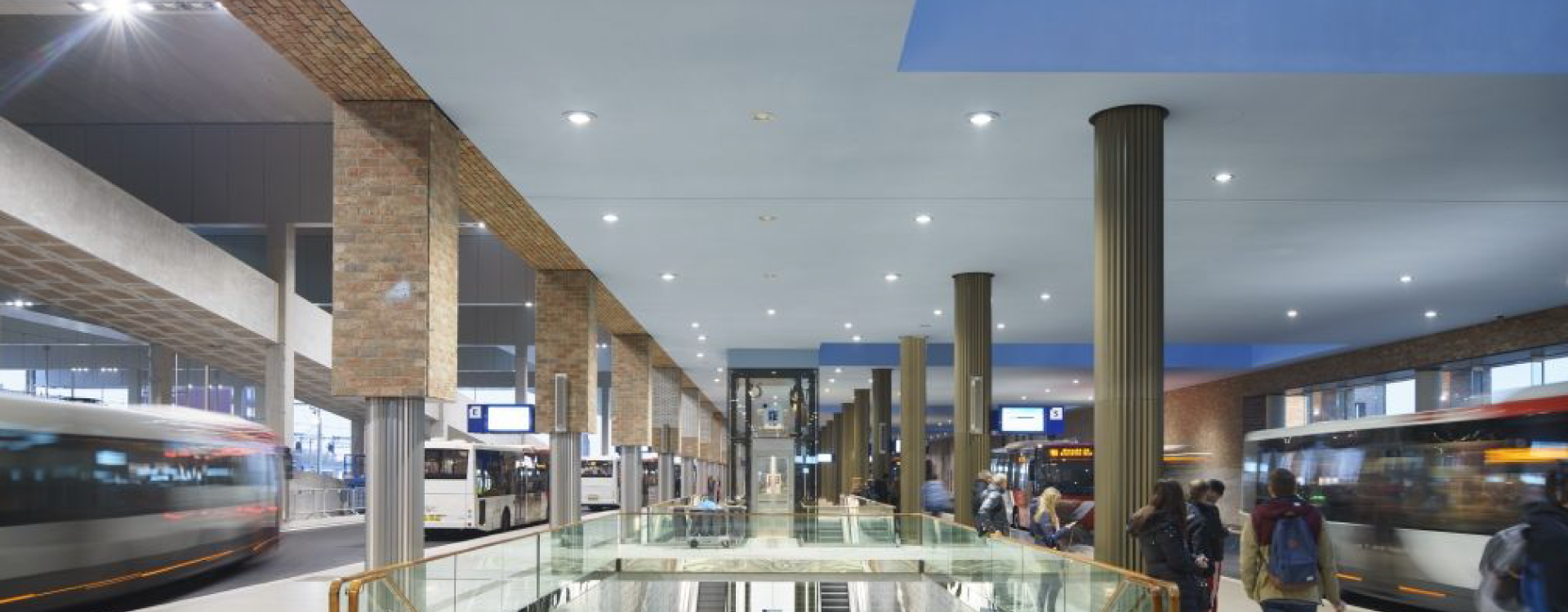Fun fact: 2:44 VS 1:58
In the following mini-research, we looked into 100 random bus lines and looked for the difference in perspective between the vehicle and the traveller.
Time for some assumptions.
- To get a global impression we did the same as what happens in most of the punctuality reports; throw all this month’s rides in one pile, regardless of rush hours. City rides and regional rides, they’re all in there. Multiple carriers and multiple concessions.
- Rides that leave too early are disregarded. Travellers that make their bus in time, would not mind a departure that’s too early and of the travellers that miss their bus, we don’t have any data, sadly (How about an ‘I missed my bus as it left to early’-app?).
- As for travellers already in the bus, it does not make any difference if the bus stops or leaves a bus stop too early, it’s all about the starting point for them. In this mini-research, we did not take a look at arrival times nor at connections.
- We solely took the departure time of the first bus stop on a vehicle journey. Bus stops underway are left out, as the departure times at those points are an estimation.
- The outliers (e.g. because of an accident) are, on purpose, left in. This is information that troubles the travellers. Our sample is large enough to keep its influence relatively low.
The result
The average vehicle delay (AVD) is at 0:02:44 and the average entrainment delay (AED) is at 0:01:58. Usually, a delay of 2 to 3 minutes is seen as ‘on time’. No shocking differences so far.
Taking it one level deeper (line-specific), we did see these differences. There were positive lines, that for example had a AVD of 0:03:10 and AED of 0:02:18 – beneficial for the traveller. But of course, there were also lines that had an AVD of 2:59 and an AED of 7:25 (>3338 travellers).
A bus could still be called punctual with these values, but for the travellers, this is not even close to reality.


0 Comments